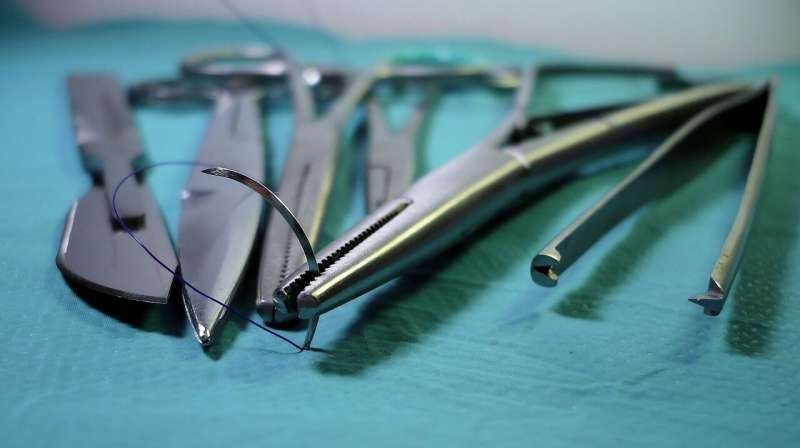Innovative Research Seeks Clues to Autoimmune Disease Affecting Bile Ducts

New research investigates the immune mechanisms behind primary biliary cholangitis, a severe autoimmune disease that damages the bile duct network, with implications for understanding autoimmune diseases and gender disparities.
Recent studies are shedding light on primary biliary cholangitis (PBC), a rare but severe autoimmune disorder that targets the bile duct network. This intricate system, resembling a branching tree from the liver to the small intestine, is crucial for removing bile and waste products from the body. When damaged, typically by immune cells attacking the ducts, it causes significant illness, including liver cirrhosis.
Interestingly, despite the uniformity of bile duct function across genders, women are disproportionately affected by PBC, with data indicating a 10:1 female-to-male ratio. Researchers believe that differences in immune responses, particularly involving specialized immune cells called T cells, may underpin this gender disparity.
Madeline McCurry-Schmidt of the La Jolla Institute for Immunology highlights that T cells, especially mucosal-associated invariant T (MAIT) cells, might play a pivotal role. These cells, abundant in a healthy liver, can respond rapidly to infections but may also mistakenly attack the body's own bile ducts, contributing to the disease.
Scientists like Job Rocha, a graduate student at UC San Diego, are investigating whether the activity of MAIT cells and other tissue-resident immune cells in the liver differs between PBC patients and healthy individuals. The research involves analyzing liver tissue samples and thymus organs—the sites of T cell development—to understand the underlying mechanisms.
Understanding how these immune cells behave could lead to the development of targeted therapies for PBC, especially since current treatments are ineffective for many patients. Rocha's work is also crucial because early symptoms of PBC are often mild and can go unnoticed until advanced liver damage occurs, making early diagnosis and intervention challenging.
Insights gained from PBC research can also deepen our understanding of autoimmune diseases more broadly, many of which are more prevalent in women and have periods of remission. The hope is that unraveling the role of bile duct-specific immune responses will illuminate new pathways for treating various autoimmune conditions.
Ultimately, exploring the delicate and complex bile duct system may unlock clues to not only understanding PBC but also addressing sex differences in autoimmune disease prevalence, leading to more personalized and effective treatments.
Stay Updated with Mia's Feed
Get the latest health & wellness insights delivered straight to your inbox.
Related Articles
Innovative Intergenerational Care: Connecting Young and Older Adults in Purpose-Built Communities
A groundbreaking intergenerational living model in South Australia connects seniors and children, promoting well-being, empathy, and community through purpose-built shared spaces and activities.
Revolutionizing Health Monitoring: 3D-Printed Wearable Devices Track Skin Gases Without Adhesives
A pioneering 3D-printed, adhesive-free wearable device monitors skin gases to provide continuous health data, offering new possibilities in long-term health tracking without skin irritation or sensor clogging.
COVID-19 Accelerates Blood Vessel Aging, with Greater Impact on Women
Recent research reveals COVID-19 accelerates blood vessel aging, especially in women, increasing future cardiovascular risks. Learn about the study findings and health implications.



